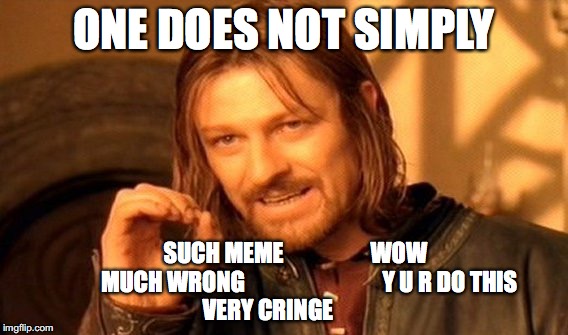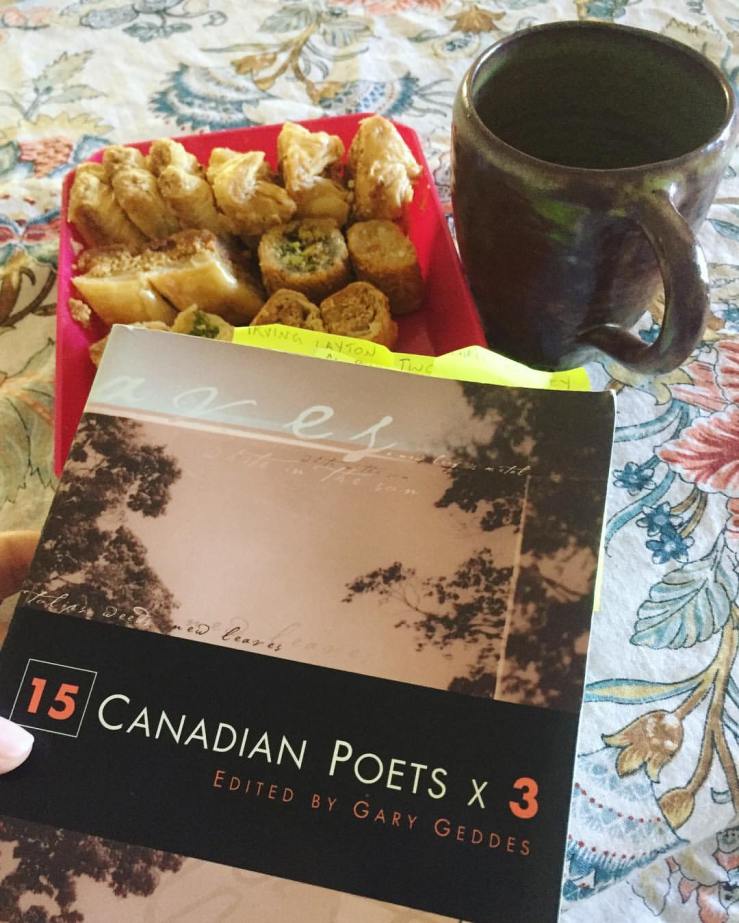
Recently, a student asked for my help in understanding what canon is, in preparation for an exam. I asked her to define her idea of canon first, so that we could have a starting point from which to extend her grasp of the concept. She answered simply: “Canon is something that changes when reading changes.”
I was impressed with the elegance of her definition, and the clarity with which this simple statement can cut through a lot of the theoretical webs the humanities disciplines have a habit of spinning out for themselves in the name of reflexivity – which is not to toss the proverbial baby out with the bathwater, but an acknowledgment that theory can have alienating effects sometimes, from that which we use it to analyze. What the humanities do, at their core, is represent reading in all of its iterations, including the practical, the social-cultural, the economic, and of course the theoretical. Reading nowadays is an integral part of almost everyone’s lives in our cultural milieu, and it is increasing in importance by the day due to increasingly digitized forms of communication – think about how much more often we text each other rather than call on the phone than we did even ten years ago. Reading is how we communicate; it is the thing that allows us to understand our bank statements, look at the time, a new recipe, or a timetable.
Last week, I could not read anything for three hours because my ophthalmologist had dilated my pupils to do an exam. It was disturbing. I cannot remember the last time I went that long without reading something – I couldn’t check my email, answer text messages I knew I was getting, or read the book I had brought with me. I was completely cut off from my responsibilities, my friends, and my digital life, which leads me to the claim that today, because of digitization, and more so now than at any point in history, reading is life. Not just for scholars, academics, or the cultural elite – it has become this way for nearly everyone. I personally do not know a single person, including my 86 year old grandmother, who does not have an email address and a smartphone. So if the humanities represent reading, and reading is our lives, then the humanities represent life.
For my readers who are not in the humanities, this is not an innovative or original claim by any means, but a discussion about the broader implications of this claim lies beyond the scope of this post. What this post does instead is consider the following questions:
(I) If digital humanities’ computing techniques are interested in representing ways of re-imagining reading, through topic modelling, distant reading techniques, Matthew Jockers’s Syuzhet package, et cetera, then how does this re-imagination affect the humanities as a discipline?
And (II) If canon is something that changes when reading changes, what are the effects of digital reading practices on the literary canon?
I. Re-Imagining the Digital Humanities
In answer to the first question, the main effect I see this having on the humanities is that the digital humanities as method has given birth to itself, sui generis, to the digital humanities as a discipline. Matthew Kirschenbaum traces this shift with an expert hand here. The effect this shift has on the humanities as an umbrella field is complex, because the digital humanities means something different in every humanities discipline. However, because English is, as Kirschenbaum points out in his article, an exclusively text based discipline (as opposed to something like Art History, which is both image and text based by nature) it has tended to be an early adopter of digital humanities methods.
The most interesting thing about the evolution of digital humanities, to me, is that it began as a methodology, and is now a discipline. If methods of literary analysis can be said to work like different pairs of glasses that we can pop on and off to see the object/text we are looking at through blue or green or yellow lenses, then it is a little bit like if early adopters of DH put on a pair of these glasses that have since grown outwards to become the object they regard, the eyes that perceive, and the brain that makes sense of all of it.
The process of understanding digital methods’ mediation of reading and reading practice is therefore now so much more complicated than it used to be. If, as Kittler affirms, mediality happens in a matrix, then the mediation of digitized literature draws our attention not only to the re-formed text but also to how that process reflects back on the textual object. But the more digital methods open up a text, the more its ontology is destabilized, and the less fixed an object the text becomes, both in terms of Eisensteinian “fixity” and the phenomenological. It is curious that something that seems so empirical is having phenomenological problems. Something that began as a method has grown into a discipline and a movement, so of course there is a component of instability that comes from traveling from methodology to ideology. At this time, the digital humanities are in a transitional moment where uncovering how their own ideological formations inaugurate new ontologies for textuality and actualize new ways of understanding narrative teleologies.
Part of what is so destabilizing about this period of transition is that these ontologies arise out of digital rupture, which is to say the ways in which the digital as a form creates a rift in the old understanding of the relationship between print culture, textuality, and narrativity. We find ourselves returning to questions of structure, of imposing configurational modes of seeing – in the sense that we see modernity in figures (the rhizome, the network, the diagram, the chart, the database), not the details or content, but the configuration, which must be connected to the material social, the economic and, naturally, the technological realities.
In more practical terms, we can deploy this reasoning into a line of inquiry that wonders what the difference might be between visualizing, editing, re-compiling, or otherwise remediating a text as, for example, a database, versus a network or a cloud or a protocol or a diagram. What are the digital humanities’ literary interventions really doing if not eliminating content and replacing it with an image, a configurational mode of reading? This is how digital culture is rupturing textual ontologies and, in drawing attention to modalities of thinking and bringing them into being, and transmuting them into digital phenomenology.
II. The Canon
The realities that arise from connecting the material social, the economic and the technological realities of digital reading and its configurational phenomenology mean that we can interpret them as lines of inquiry the humanities in general and the digital humanities in particular are taking more and more seriously, especially in relation to their social role and their economic positions within an increasingly neoliberal context for the university. It is important to consider the conditions under which habits of seeing and thinking are pressured to be transformed, partly through the impulse for innovation and partly as a response to techno-capitalist pressures. I am not making an argument for or against neoliberalization of the university here, merely asserting that this is the reality for most universities today, and that it can be understood as a stimulus that the humanities, DH, and the canon are responding to. I am arguing, rather, that because digital reading is an increasingly pervasive part of everyone’s lives, one effect of the digital revolution is the democratization of literature. I am further arguing that this has led to democratizing perspectives on literature through digitality, and that means that the digital humanities are more democratized, and also more neoliberalized.
So now, as I am wont to do, I will end this post with a provocation about the future of canonicity: If the argument is that the democratization of DH is tied up with its neoliberarlization, what effects will this have on DH’s impact on canonicity? Is it possible that canon can become simultaneously more democratized and more neoliberalized, or do the two mutually exclude each other?






